Last-Minute NYC Holiday Gift Guide 🎁
We’ve created a holiday gift guide with presents for the intrepid New Yorker that should arrive just in time—

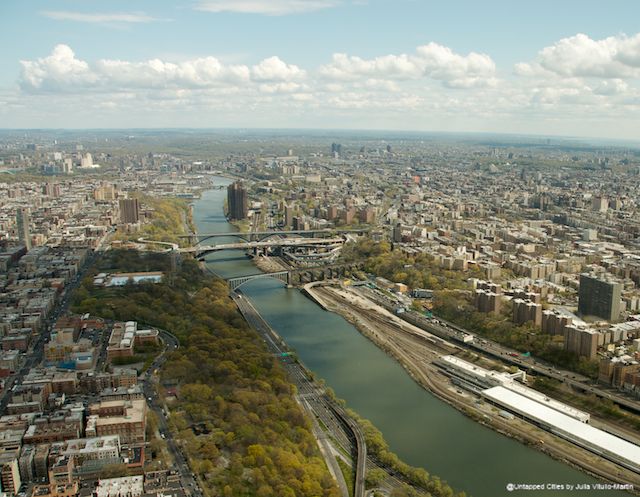
How to make sense of what happened to the Bronx in the 1960s and ‘70s? The violence, the abandonment, the fires, the astounding destruction of property—all in a borough of New York once renowned for its stately boulevards, handsome housing stock, glorious parks, and extraordinary public transportation.
Now six photographers of Puerto Rican heritage—Joe Conzo Jr, Ricky Flores, Ángel Franco, David Gonzalez, Edwin Pagán and Francisco Molina Reyes II—who grew up in the South Bronx have compiled an exhibit of their photos from the 70s through the 90s. Seis Del Sur: Dispatches from Home, mounted by the Bronx Documentary Center, permits the photos to speak for themselves, sometimes accompanied by sparse captions but always avoiding maudlin commentary.
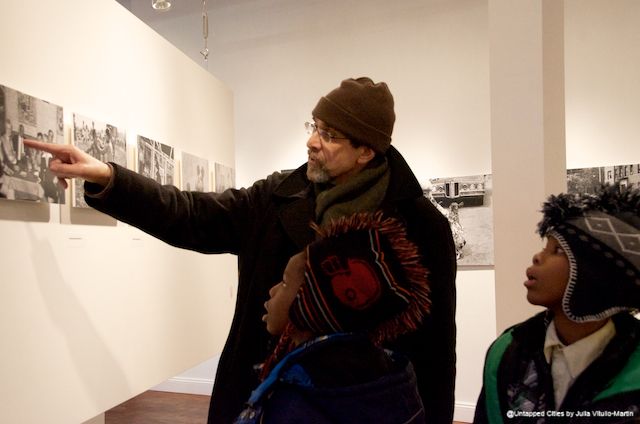
This austere style reflects an admirable self-discipline, given the deeply emotional character of the events. “Over the last 30 years, the Bronx has taken every conceivable body blow a community can take,” said New York Times reporter and photographer Gonzalez at the Jan. 19 opening. “And guess what? We’re still standing.”
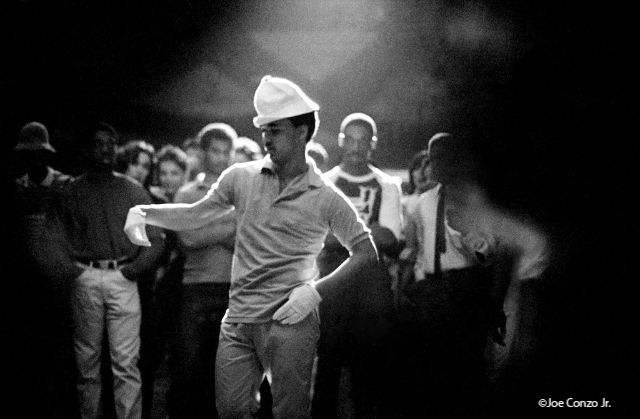
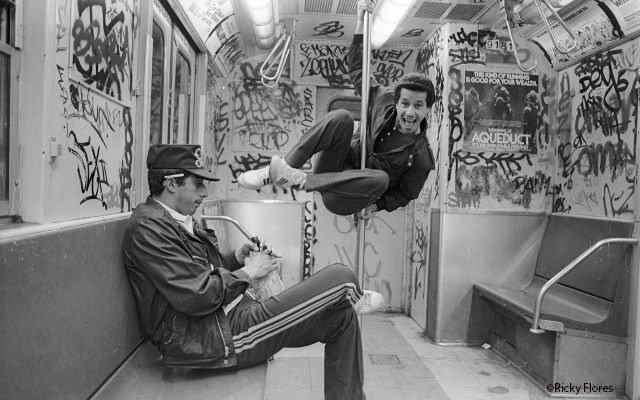
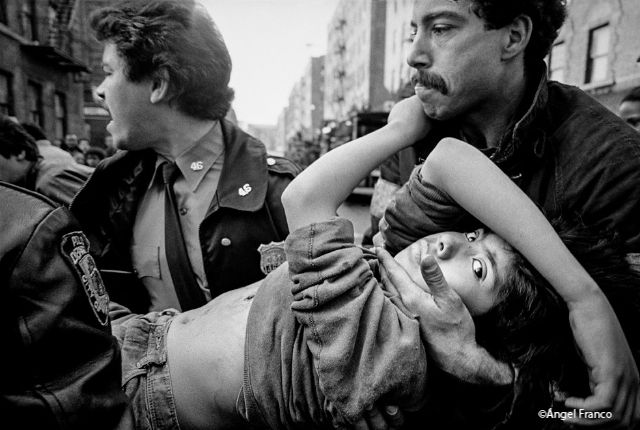
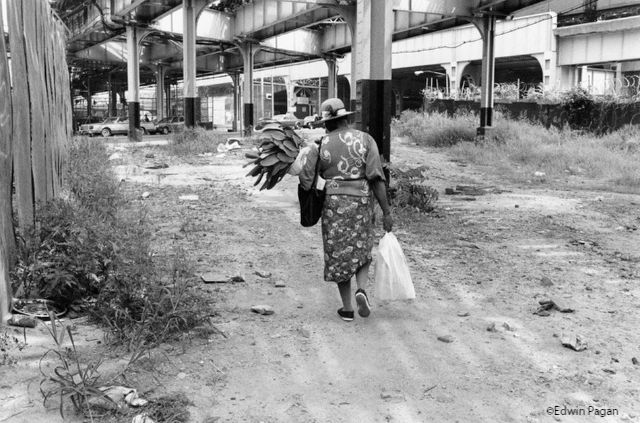
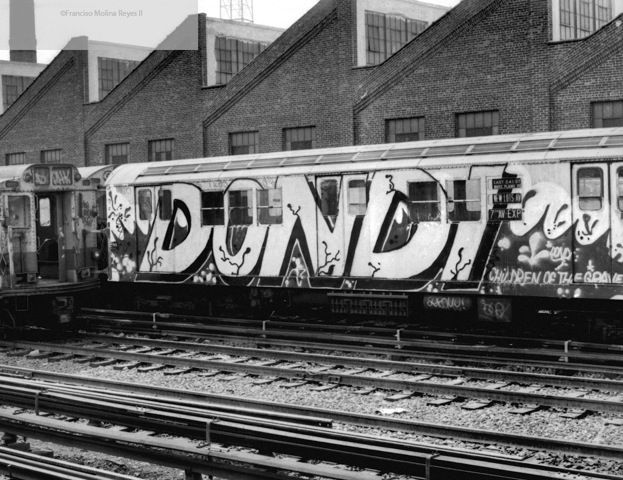
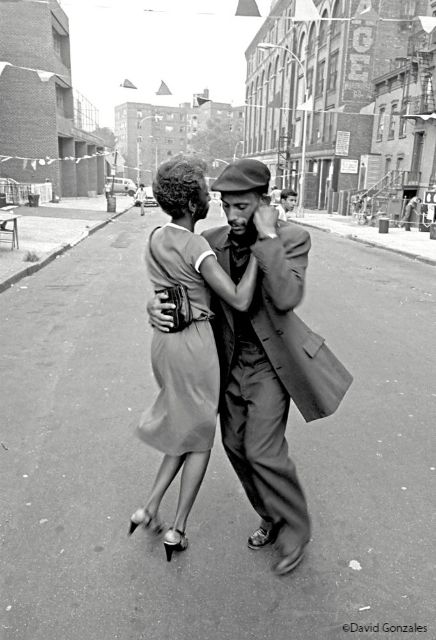
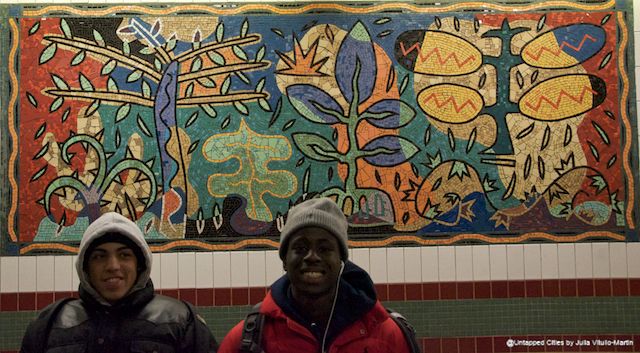
GETTING THERE: The Bronx Documentary Center is at 614 Courtlandt Avenue (at 151st Street). You can take either the 2 or the 5 train to 3rd Avenue and 149th Street (do not get off at 149th & Grand Concourse), walk two blocks to 151st, take a left, trudge up the hill to Courtlandt. The BDC is on the corner.
Hours: 4:00-7:00 p.m, Thurs & Fri; 1:00-5:00 p.m., Sat & Sun, through March 8, 2013.
Subscribe to our newsletter